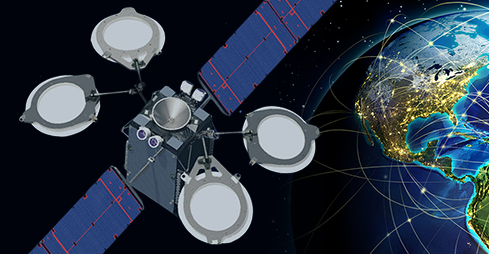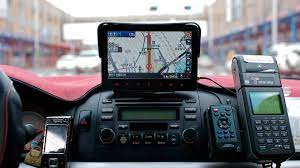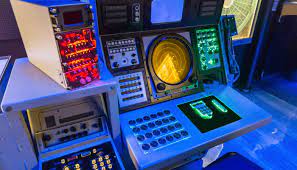Satellite Navigation Systems are an extremely useful development that allows a small electronic device to determine it’s exact location via satellite. Once it knows its position, the navigation device can obtain or calculate navigation information, such as directions, terrain, roads, etc, etc.
Satellite navigation devices are used by the military, motor vehicle drivers, boaters, outdoorsmen, and many others. Many vehicles now come with Satellite navigation systems pre-installed in them.
The only Satellite navigation system that is fully functional at the time of this writing is the Global Navigation System, or GPS. GPS is the United State’s Satellite Navigation System, and contains between 24 to 27 satellites in orbit.
Russia also has a Satellite navigation system in the works. The Russian system is called GLONASS, which is derived from GLObal NAvigation Satellite System. The first satellites for GLONASS were launched in 1982, but the system was not fully functional until 1995. Due to economic difficulties, the GLONASS system has deteriorated to only 12 satellites, giving less than full coverage. Russia has signed an agreement with India to work on the system together, intending to have GLONASS back to full functionality by 2010.
The European Union is currently working on two Satellite navigation systems. EGNOS, which is expected be function sometime in 2006, will consist of 3 satellites, which are designed to supplement GPS and GLONASS.
The EU and European Space Agency are also working on an advanced Satellite navigation system, called Galileo, which should be working by 2010. This system will include 30 satellites, and will be compatible with GPS, meaning that ground units can combine data from GPS and Galileo to get highly accurate positions.



